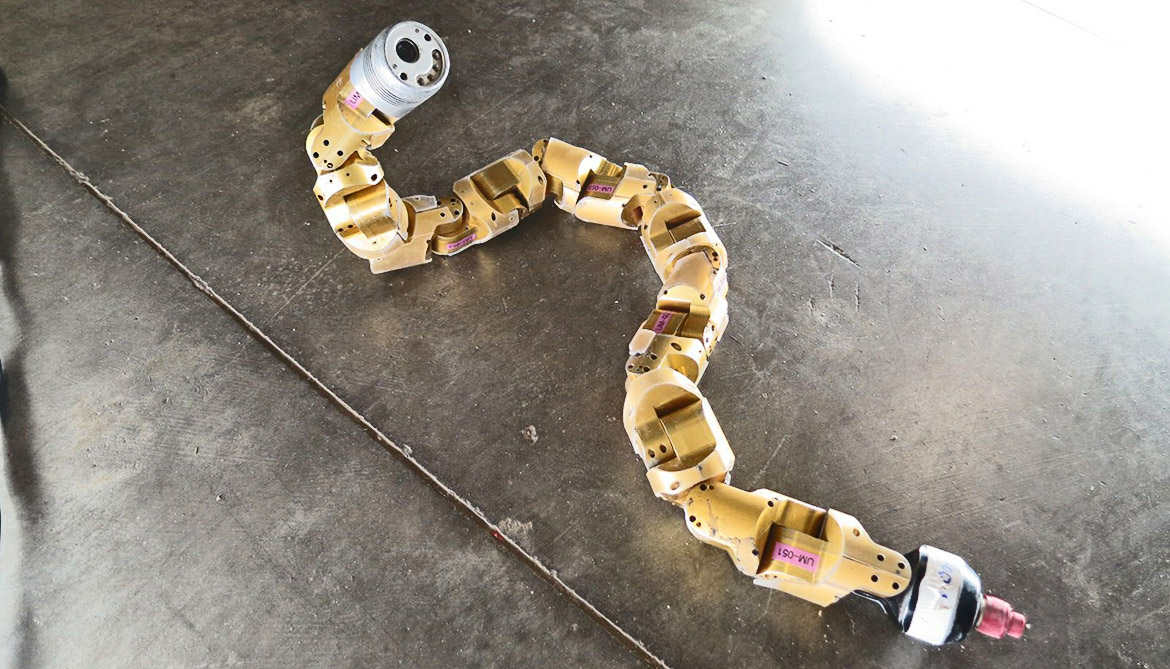Animal Innovators: Groundbreaking Discoveries Inspired by Nature's Designs
Introduction:
Nature has been the greatest innovator and designer, serving as a source of inspiration for countless human inventions throughout history. From the wings of birds inspiring the invention of airplanes to the structure of spider webs informing the creation of bulletproof vests, the animal kingdom has provided us with a treasure trove of ideas. In this article, we explore some groundbreaking discoveries that have been inspired by nature's ingenious designs.
Biomimicry in Robotics:
Animals have always been a source of inspiration for robotics, and researchers have looked to the animal kingdom to create innovative robots with enhanced capabilities. For example, the movement of snakes has inspired the development of highly maneuverable and flexible robotic arms that can navigate through tight spaces. Similarly, studies on insects have led to the creation of agile flying robots capable of autonomous flight and exploration. By mimicking the form and function of animals, these robots have opened up new possibilities in fields such as search and rescue, environmental monitoring, and agriculture.
 robot inspired from snake movement
robot inspired from snake movement

Insect bugs inspired robots  Honey bee-inspired robot, created to perform pollination
Honey bee-inspired robot, created to perform pollination
Velcro: Inspired by Burrs:
The invention of Velcro, a widely used fastening system, was inspired by the way burrs stick to clothing or animal fur. Swiss engineer George de Mestral noticed this phenomenon during a hunting trip and studied the structure of burrs under a microscope. He discovered tiny hooks that allowed the burrs to attach themselves to fabric or hair. This led to the development of Velcro, which consists of two strips, one with tiny hooks and the other with loops, that fasten together when pressed. Today, Velcro is used in various applications, from clothing and shoes to medical devices and aerospace engineering.

Sharkskin-inspired Antibacterial Coatings:
Sharks have long fascinated scientists with their ability to resist bacterial growth on their skin. The microscopic design of sharkskin, which features tiny ridges called denticles, inspired the development of antibacterial coatings for surfaces. Researchers have replicated the texture of sharkskin to create surfaces that prevent the adhesion of bacteria, reducing the risk of infections in hospitals and other environments. This innovation has the potential to revolutionize hygiene practices and reduce the spread of diseases.

 Sharkskin anti-slip paint
Sharkskin anti-slip paint
Geckotape: Climbing Like a Gecko:
Geckos are known for their remarkable climbing abilities, effortlessly scaling walls and ceilings. Scientists have delved into the secrets of gecko feet, which have millions of tiny hair-like structures called setae, and developed a material called gecko tape. Geckotape mimics the adhesive properties of gecko feet, allowing objects to be attached and detached with ease. This innovation has applications in industries such as robotics, aerospace, and even wearable technology, enabling the creation of gloves and shoes with enhanced grip.


Termite-inspired Building Designs:
Termites are master architects, constructing intricate mounds that maintain optimal temperature and humidity levels. Inspired by these remarkable structures, architects, and engineers have developed innovative building designs that maximize energy efficiency and sustainability. Biomimetic buildings incorporate natural ventilation systems, self-cooling mechanisms, and efficient use of space, reducing energy consumption and promoting environmental harmony.


some other examples,
- Bullet trains: Modelled after the streamlined beak of the kingfisher bird.
- Sonar technology: Developed by studying dolphins' echolocation abilities.
- Superhydrophobic materials: Inspired by the water-repelling properties of lotus leaves.
- Prosthetic limbs: Improved by studying the movement of animals like cheetahs and kangaroos.
- Butterfly-wing-inspired solar cells: Incorporate nanostructures for more efficient light capture.
- Wind turbine design: Influenced by the bumpy leading edge of humpback whale flippers.
Conclusion:
Nature's designs have long been a source of inspiration for human innovation, leading to groundbreaking discoveries across various fields. By studying and replicating the genius of animal adaptations, we have made significant advancements in robotics, material science, architecture, and more. As we continue to unravel the secrets of the natural world, it is clear that the animal kingdom will remain an endless source of inspiration, providing us with innovative solutions to some of our most pressing challenges.



You must be logged in to post a comment.